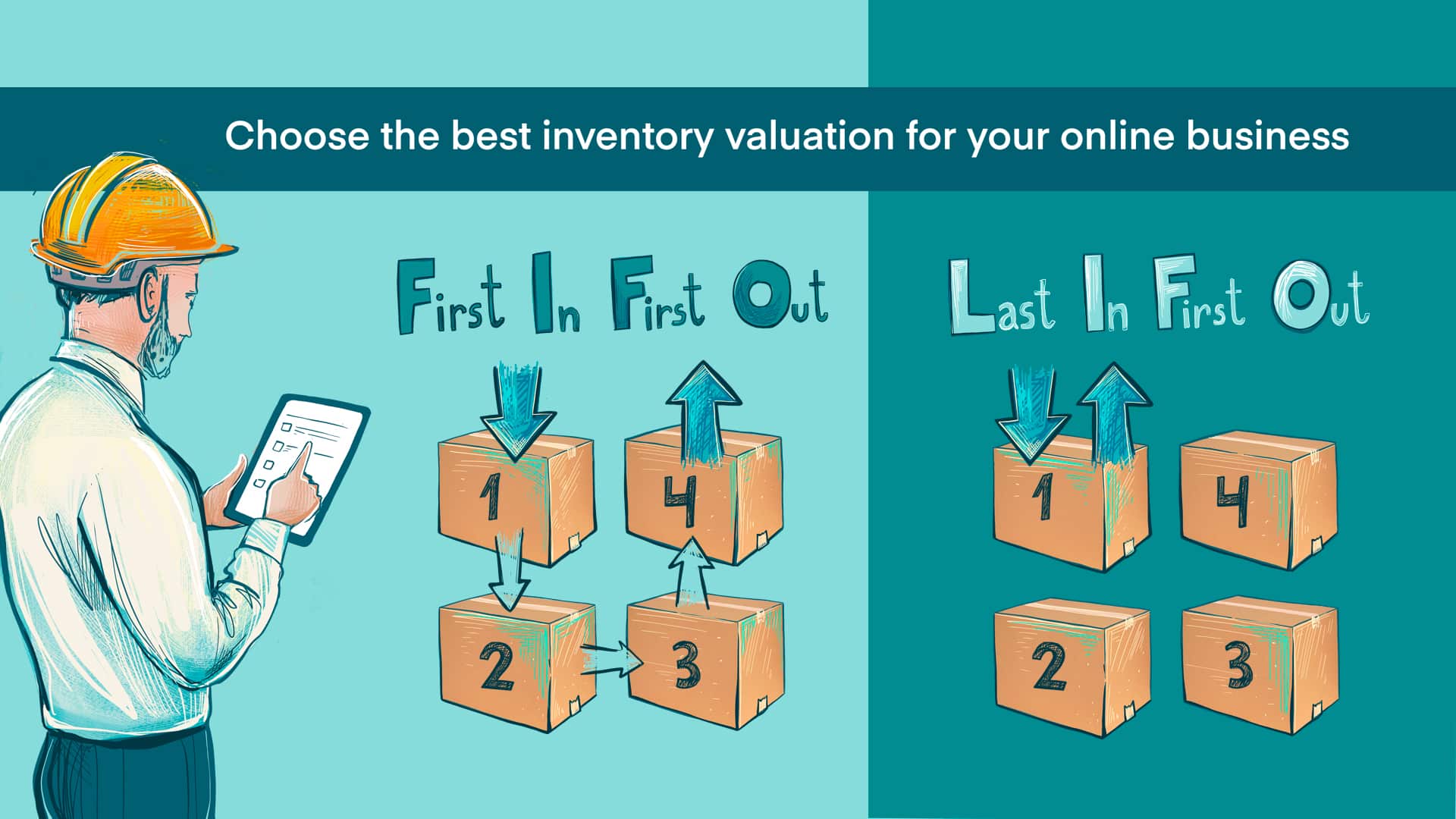Business inventory lifo versus fifo – Business inventory management is a crucial aspect of accounting, and understanding the Last-In, First-Out (LIFO) and First-In, First-Out (FIFO) inventory methods is essential. These two methods have distinct implications for financial statements, tax calculations, and business operations.
In this comprehensive guide, we will delve into the fundamental principles, impact on financial statements, tax implications, and practical considerations of LIFO and FIFO. By understanding these methods, businesses can make informed decisions to optimize their inventory management and financial reporting.
Business Inventory: LIFO vs FIFO
Inventory management is crucial for businesses to track the flow of goods and ensure accurate financial reporting. Two widely used inventory valuation methods are LIFO (Last-In, First-Out) and FIFO (First-In, First-Out).
Understanding LIFO and FIFO
LIFO (Last-In, First-Out)assumes that the most recently purchased or manufactured inventory items are sold first. This method assigns the cost of the latest purchases to the goods sold, leaving the earlier purchased inventory in the ending inventory.
FIFO (First-In, First-Out), on the other hand, assumes that the oldest inventory items are sold first. This method assigns the cost of the earliest purchases to the goods sold, resulting in the most recent purchases being held in the ending inventory.
Key Differences
- Cost Flow Assumption:LIFO assumes the most recent costs are assigned to goods sold, while FIFO assumes the oldest costs are assigned.
- Impact on Cost of Goods Sold:LIFO can lead to higher cost of goods sold in periods of rising prices, while FIFO results in lower cost of goods sold.
- Impact on Ending Inventory:LIFO results in lower ending inventory values in periods of rising prices, while FIFO results in higher ending inventory values.
Impact on Financial Statements

LIFO and FIFO methods significantly impact financial statements, particularly the income statement and balance sheet. These methods influence the reported cost of goods sold, inventory value, and net income.
Income Statement
Under LIFO, the cost of goods sold is lower during periods of rising prices, leading to higher net income. Conversely, FIFO results in a higher cost of goods sold and lower net income. This is because LIFO assumes that the most recently purchased inventory is sold first, while FIFO assumes the oldest inventory is sold first.
Balance Sheet
LIFO results in a lower inventory value on the balance sheet compared to FIFO. This is because LIFO assumes that the oldest inventory is still on hand, which is typically valued at a lower cost. In contrast, FIFO assumes that the most recently purchased inventory is on hand, which is typically valued at a higher cost.
Tax Implications: Business Inventory Lifo Versus Fifo

The choice between LIFO and FIFO has significant implications for a company’s tax liability. LIFO tends to result in lower taxable income in periods of rising prices, while FIFO generally leads to higher taxable income during such periods.
Under LIFO, the cost of goods sold is based on the most recent purchases, which are typically at higher prices during inflationary periods. This results in a lower cost of goods sold and, consequently, higher taxable income. Conversely, under FIFO, the cost of goods sold is based on the oldest purchases, which are typically at lower prices during inflationary periods.
This leads to a higher cost of goods sold and, consequently, lower taxable income.
Impact on Taxable Income, Business inventory lifo versus fifo
- LIFO: Lower taxable income in periods of rising prices.
- FIFO: Higher taxable income in periods of rising prices.
Potential Tax Savings or Liabilities
- LIFO: Potential tax savings in periods of rising prices.
- FIFO: Potential tax liabilities in periods of rising prices.
Practical Considerations
Implementing and managing LIFO and FIFO inventory systems requires careful consideration of their practical implications. Each method presents unique advantages and challenges, and the optimal choice depends on the specific business scenario.
LIFO is advantageous in periods of rising costs, as it results in lower reported income and, consequently, lower taxes. However, it can lead to inventory overstatement when prices are falling, potentially distorting financial statements.
FIFO, on the other hand, is preferred in periods of falling costs, as it results in higher reported income and higher taxes. It provides a more accurate representation of inventory values during periods of price declines.
Choosing the Right Method
- Industry norms:Certain industries may have established conventions regarding inventory valuation methods. For example, LIFO is commonly used in the oil and gas industry.
- Cost fluctuations:Businesses that experience significant fluctuations in inventory costs should carefully evaluate the impact of each method on financial reporting and tax implications.
- Inventory turnover:Companies with high inventory turnover may prefer FIFO, as it provides a more timely reflection of inventory costs.
- Financial reporting goals:Management should consider the desired presentation of financial statements and how each method aligns with those goals.
Closing Summary
Choosing between LIFO and FIFO depends on the specific circumstances and objectives of a business. LIFO can be advantageous in inflationary periods, while FIFO provides a more conservative approach. Understanding the nuances of each method is crucial for accurate inventory valuation, financial reporting, and tax planning.
Top FAQs
What is the main difference between LIFO and FIFO?
LIFO assumes that the most recently purchased inventory is sold first, while FIFO assumes that the oldest inventory is sold first.
How does LIFO affect financial statements?
LIFO can reduce reported cost of goods sold and increase inventory value in inflationary periods, leading to lower net income.
What are the tax implications of using FIFO?
FIFO typically results in higher taxable income and lower potential tax savings compared to LIFO.